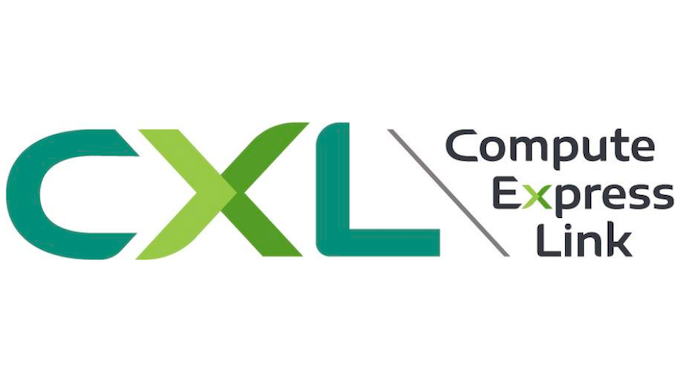CXL has native support for DRAM. It's like accessing memory on your dGPU, except faster (and cache-coherent).
So a bleeding edge, proprietary packaging ram module further from the cpu would help the mainstream user how? Would it be cheaper or help their performance somehow? I could see how loading everything that would have to be loaded into ram for say a few games, programs, os into a large, low latency nonvolatile drive, then treating that as ram and piping that directly to vram or the cpu, system memory or wherever would save a bunch of cpu work and speed things up, but that is what one of the uses of Optane was supposed to be.
Trying to replace that with the same thing on some new pcie form factor and the most expensive chunk of ram in a rgb box, that has to be loaded again every reboot, and maybe after sleep sounds not as good. A new, expensive type of ssd that pales in performance compared to optane to do some software trick also sounds like trash.
I'm just talking from some plebian, mainstream user perspective here. Not some specialized use where you would spend $100k per workstation. The article's title is "
AMD Working to Bring CXL Memory Tech to Future Consumer CPUs"
Because NAND isn't as slow as you claim... the main reason NAND SSD's are that slow today are the controllers and housekeeping they do. The wide fast low latency part you can GET is always better than the single supplier technically better part that you cannot get. If you spend more money on the nand controller in enerprise parts you start approaching Optane performance... that is just all there is to it. Then all optane has going for it is durability.
Could you imagine if a company that made Optane could put that controller tech into a nand ssd? Guess what? Intel could, and even mixed the two on the same ssd and nand was still the same latency. You can still buy those on ebay. The fact that pcie5 nvme ssds still have roughly the same latency as the first sata ones from 10 years earlier seems to indicate nand might just be slower.
Edit: the first, cheapest Optane released, the 16GB module, does 280MB/s Q1T1 rr. The fastest goes to about 400. What does a ramdisk get for Q1T1? 600MB/s? Totally held back by where they are and how they are read. Put Optane in dimms and use the right format and they get way faster, but still 4-5x the latency of dram. That is from removing the bottleneck. Nand is so slow it is the bottleneck wherever you put it. Just like an HDD.



